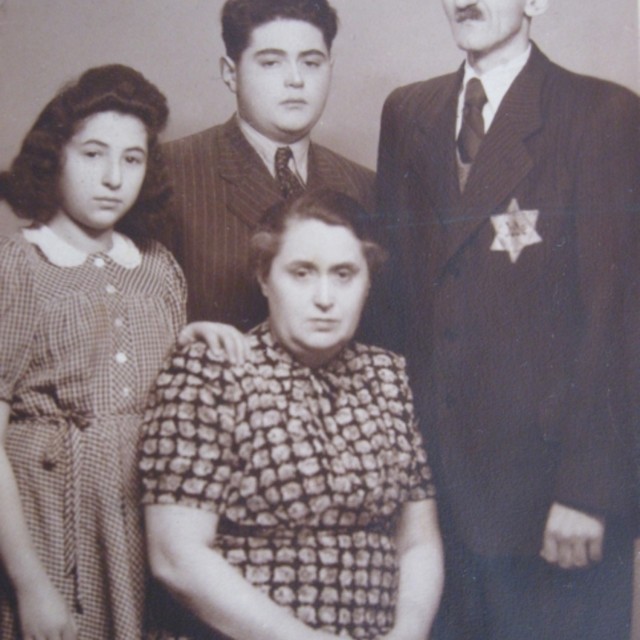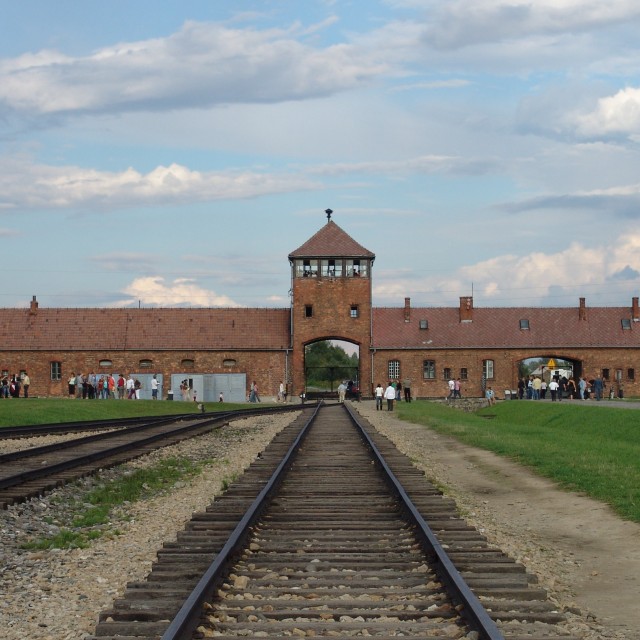People pushed into gas chambers were singing the national anthem
Marta Kottová was transferred to Auschwitz from Terezín. “I lost track of time, given all the things that were going on. I don’t know if I spent a week, or two months in there. It was a terrible shock for those of us who came from Terezín. I just remember the smoke and the horror and that I didn’t want to admit to myself that the smoke was in fact my mother and father. I remember the roll calls at the Apelplatz, the naked people and the piles of cadavers.” On March 7th 1944, on the day of President Masaryk’s birth, the greatest execution of Czech Jews during the Second World War took place in Auschwitz. Almost four thousand people went to the gas chambers. “These people had lived in Auschwitz for six months, so they knew where they were heading. In front of the gas chamber they sang the Czechoslovak national anthem. At the time the local Sonderkommando which was supposed to push them into the gas chamber refused to do its job. The SS-men were completely taken aback by that, so they started to shoot and pushed everyone into the gas chamber including the Sonderkommando.”
Hodnocení
Hodnotilo 0 lidí
Routes
Not a part of any route.
Comments
No comments yet.













